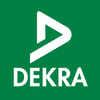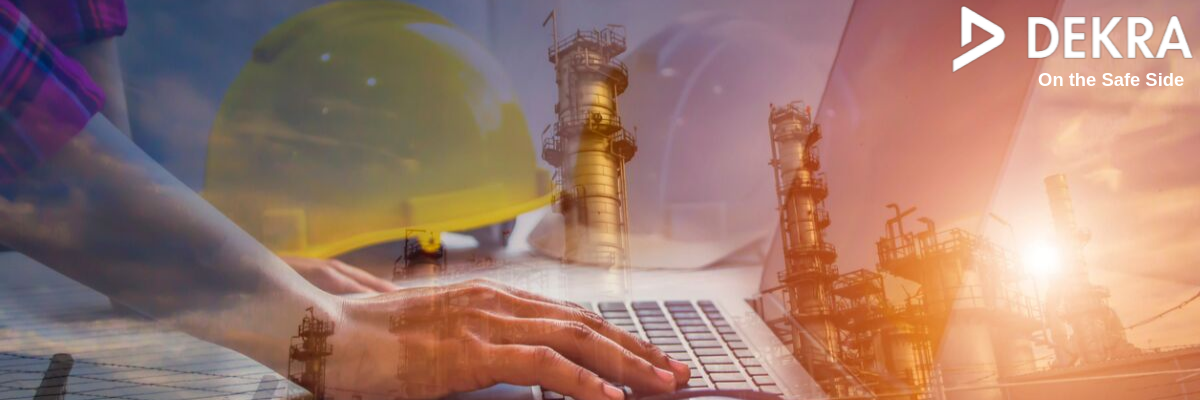At BNSF Railway, that vision is workplace with zero injuries and the leader driving it is Brant Ring. Brant is the vice president of unit operations for BNSF Railway—the largest intermodal railway in the US, with over 32,500 route miles and thousands of workers. In this interview, Brant explains why BNSF Railway partnered with DEKRA to eliminate exposure and ensure safe performance every day.
Q: How would you describe the work of BNSF Railway employees?
We're in the business of moving things from where they are to where they need to be. BNSF [workers] operate intermodal terminals and automotive terminals, which is about 50 sites across the network. It takes people to perform that work. People like you and me who want to come to work everyday and feel the reward of a job well done—and go home to their loved ones at the end of the day safe.
Q: What was the state of safety at BNSF Railway before you partnered with DEKRA?
Many years ago, it was not uncommon to meet a leader, when I asked about the safety performance, who might tell me, “Well, you do understand these are busy places? Things are going to happen.” We were working through a set of years where the composition of our workgroups was changing, and we were building up capabilities from a safety perspective for these intermodal and automotive terminals. In many ways, we were drafting off what [had been] accomplished in the major three operations groups of transportation, engineering, and mechanical.
Q: Why did you choose to partner with DEKRA as opposed to anyone else?
I think what DEKRA brought to the table was that next level of performance. They helped us organize our thoughts and they helped us tap into that innate natural desire that our employees have to come to work, approach each other about safety, and ensure that they do their jobs well and without harm to people or equipment.
I think the other piece that DEKRA brings to the table is we're a learning organization, so we like to share in best practices. DEKRA has a tremendous amount of experience with all sorts of industries, all sorts of companies—large and small, simple and complex—and we are able to tap into those best practices and share in those learnings, so that we can drive improvement for more people more quickly.
Q: What specific changes did DEKRA help you install in your safety approach?
We center a lot of our activities and our mission around our “Approaching Others” safety initiative. Every year, we refresh that with various content. First, we teach our employees what it means to give feedback, how to give constructive feedback. [Then] we teach our employees what it means to accept feedback, how to accept constructive feedback. [We show them] how to transfer these skills to [their] professional lives and [their personal] lives. How do we transfer these skills across functions, right? How do we transfer these skills to new employees that are coming on board?
We do that through training. We do that through safety messages. We do that in our day-to-day conversations. We inject these kinds of skills and these concepts into our job safety briefings, and we also inject them into our day-to-day conversations because we believe that, to have a safe operation, we need to manage safety throughout the day, not just at the start of the day or at the end of the day.
Q: What have been the results of that approach?
At the end of 2011, our BNSF workgroups ended the year with a reportable frequency ratio of a 3.75, which was about two and 3 times worse than the rest of the operating groups within BNSF. As we sit here, we're at a 0.4.
[Now] when I have conversations with leaders and employees across the network, when I look in their eyes, I see the art of what's possible as opposed to the impossible. When we started this process, not everybody believed that.
Q: What’s your plan to sustain that success?
Every year we reflect on what has gone well and needs to continue and what has not gone well and needs to be improved. We build upon the prior year's strategies to do those things. Without question, we want to eliminate all serious injuries, life-altering injuries, and the loss of life. That's the number one objective that we'd like to see tomorrow and [over] the next five years.
It's a journey. Our work in safety is never done. We work in an unforgiving environment at times. It's a safe industry. It's a safe environment. [However], it can be unforgiving when things aren't done properly. I think we, as leaders, part of our responsibility is to set the tone. Tone drives culture. Culture drives behavior. Behavior, at the end of the day, is what gets people home safely.
If you’d like to learn more about BNSF Railway’s safety journey with DEKRA, download our complimentary case study.

